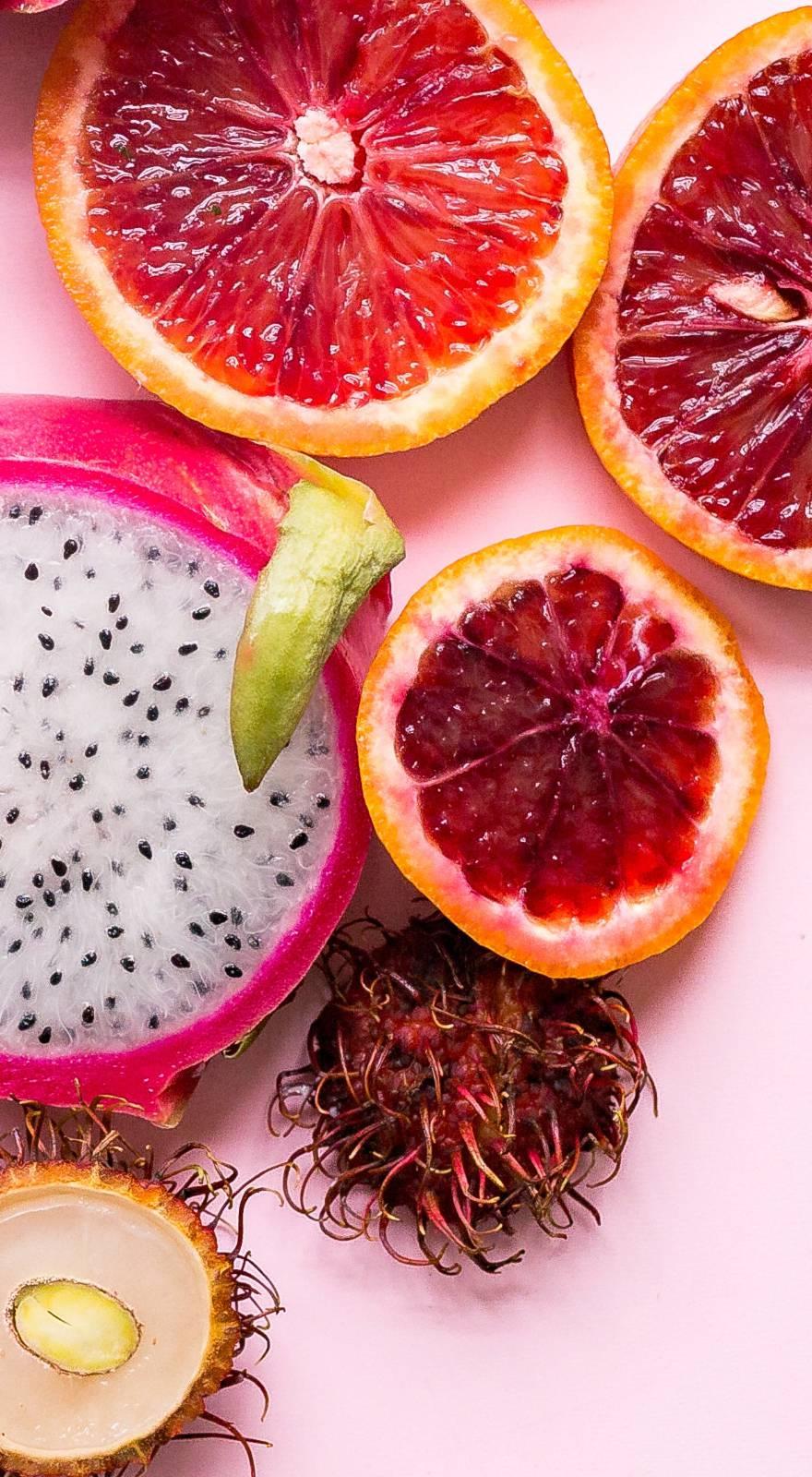Knowde Enhanced TDS
Identification & Functionality
- Ingredient Name
- Ingredient Origin
- Ingredients
- Amaranth
- Food Additive Number
- E 123, INS 123
- Technologies
Features & Benefits
- Labeling Claims
- Food Ingredients Features
- Health Benefits
- It contains about thirty percent more protein than cereals like rice.
- Similar protein to wheat germ and oats.
- Amaranth grain is particularly high in lysine, an amino acid that is low in other grains.
- Gluten-free.
Applications & Uses
- Markets
- Applications
- Food & Nutrition Applications
- Uses
- Amaranth can be cooked in liquids and eaten as a porridge or pilaf.
- It can also be popped like corn.
- Amaranth flour can make many different foods like bread, muffins, bagels, pasta, cookies, sauces, pancakes, flatbreads, doughnuts, and dumplings.
- Amaranth pasta is light brown; when it is cooked, the pasta gets the color of whole-wheat pasta and the regular consistency of it.
Regulatory & Compliance
- Certifications & Compliance

